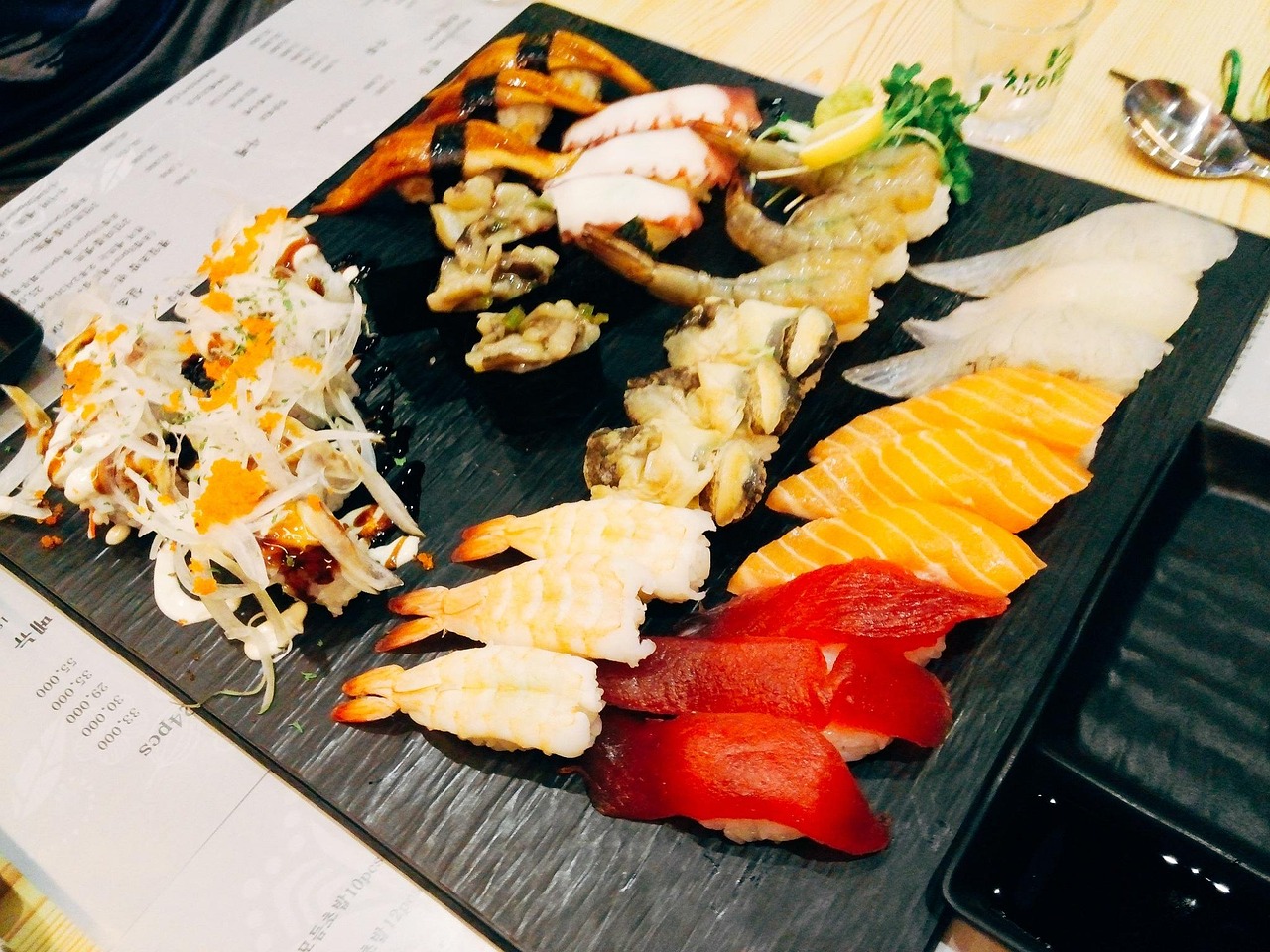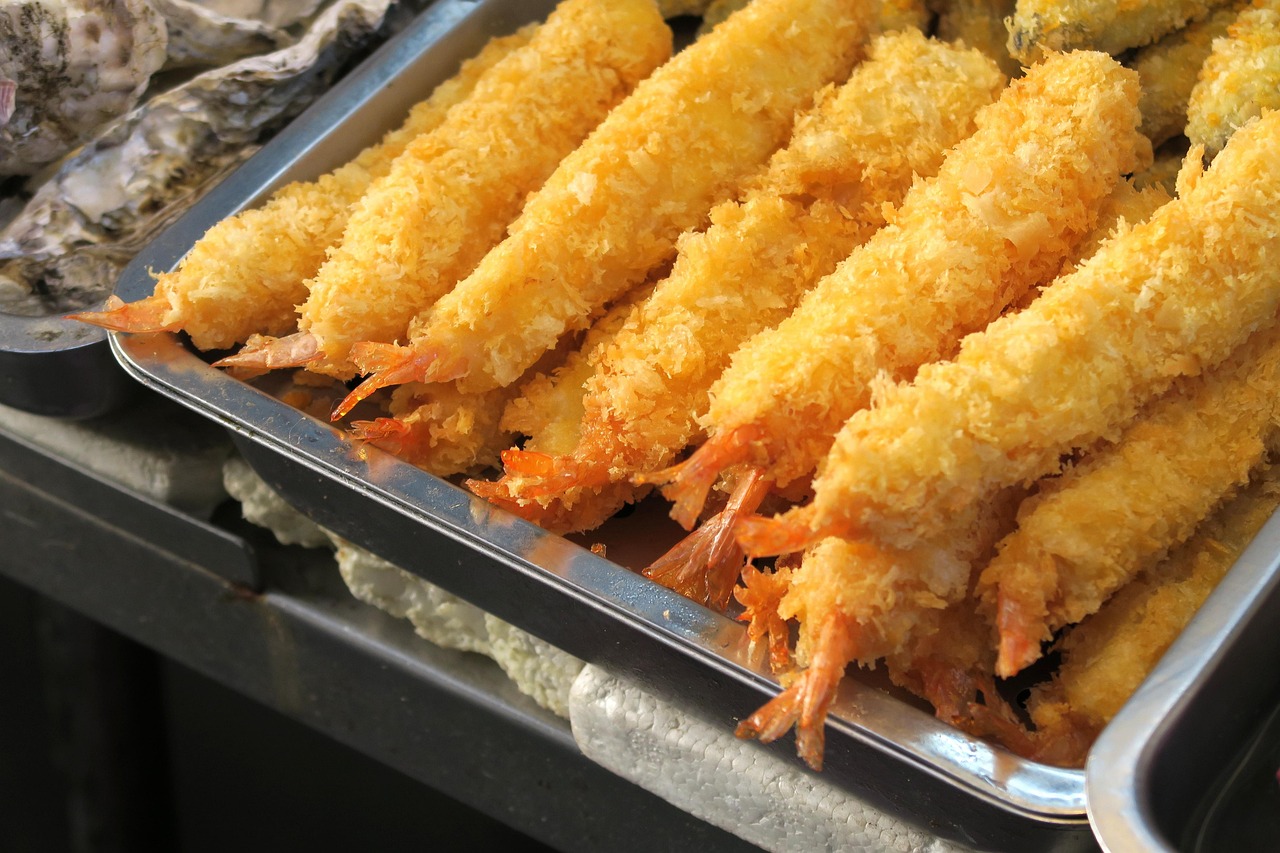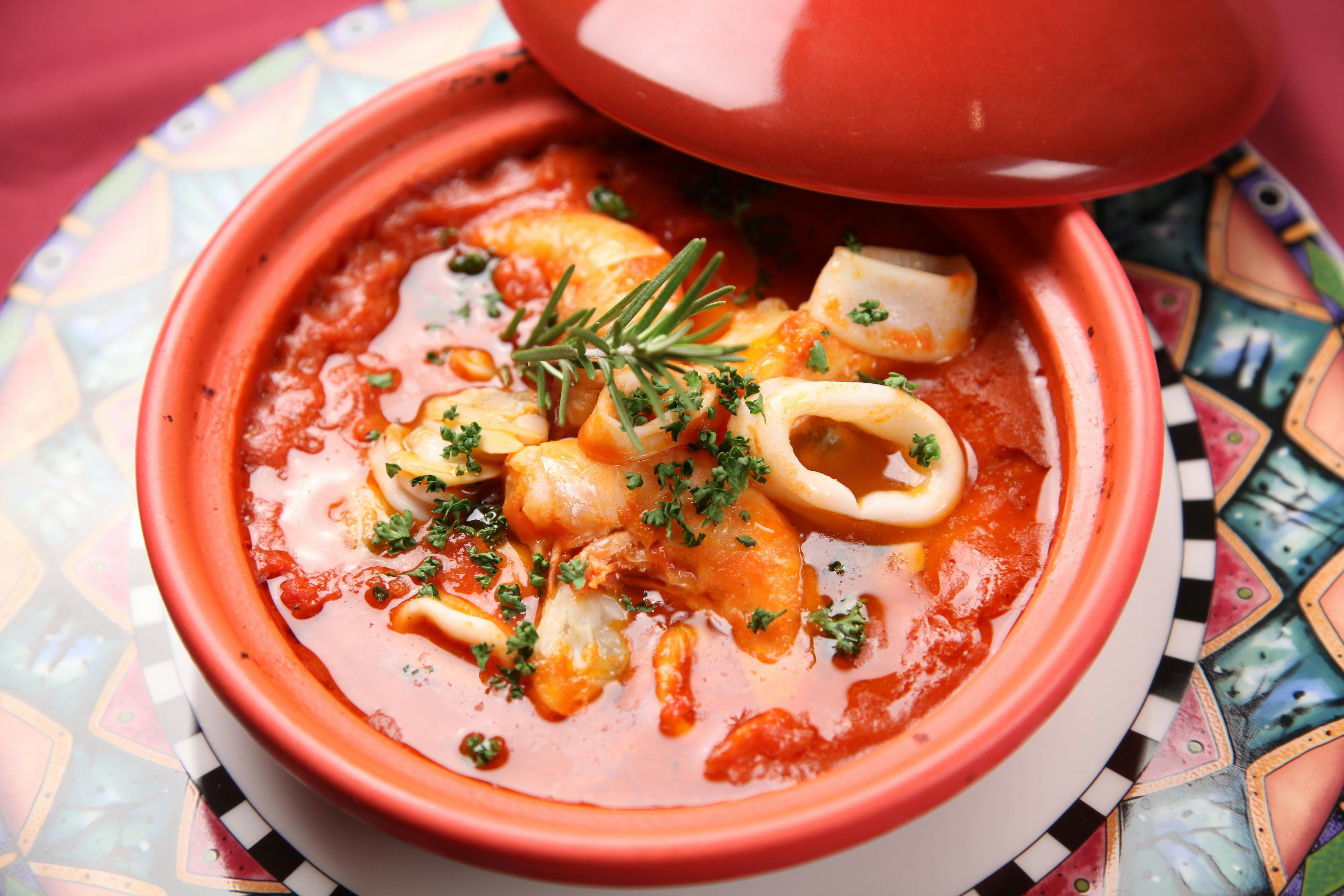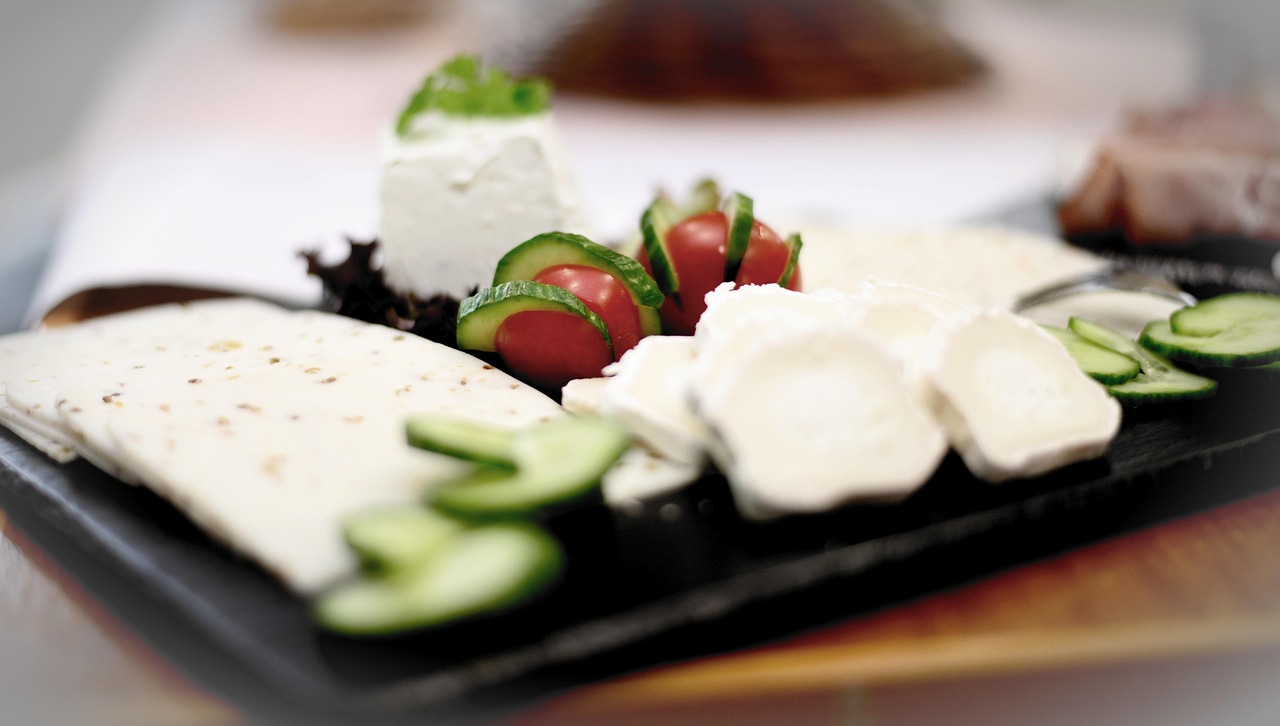A Culinary Journey: Exploring the World Through Food" is an immersive exploration of global cuisines. This journey delves into the diverse flavors, ingredients, and cooking techniques that define each region's culinary identity. From the rich spices of Indian curries to the fresh seafood of Mediterranean dishes, each chapter uncovers the cultural significance of food and its role in shaping communities. The book also features recipes, allowing readers to recreate these dishes at home and experience the world's flavors firsthand. This culinary adventure not only satisfies the palate but also offers a deeper understanding of different cultures and their gastronomic heritage.
Introduction
Embarking on a journey through the diverse and rich tapestry of global cuisines is an adventure that tantalizes not only the taste buds but also the soul. Food, in its essence, is a universal language that transcends borders and cultures, offering a glimpse into the heart of a nation's history, traditions, and identity. In this essay, we will delve into the world of gastronomy, exploring the flavors and stories that make each cuisine unique, and how a culinary journey can be a transformative experience.
The Art of French Cuisine
No culinary journey is complete without a stop in France, the birthplace of many iconic dishes and a country renowned for its culinary expertise. French cuisine, with its emphasis on fresh ingredients, balance of flavors, and presentation, is a true art form. The classic dish of Coq au Vin, a hearty chicken stew simmered in red wine, is a testament to the French love for simplicity and depth of flavor. The process of slow cooking allows the wine to infuse the chicken, creating a rich and velvety sauce that pairs beautifully with the tender meat. This dish, like many others in French cuisine, is a celebration of local produce and a reflection of the country's agricultural heritage.
The Spices of Indian Cuisine
Venturing east, we find ourselves in the land of spices—India. Indian cuisine is a symphony of flavors, with each region offering its own unique blend of spices and cooking techniques. The aromatic Biryani, a fragrant rice dish infused with saffron and a variety of spices, is a testament to the country's culinary diversity. The slow-cooking process allows the rice to absorb the flavors of the spices, creating a dish that is both complex and comforting. The use of spices in Indian cuisine is not just about taste; it is also believed to have medicinal properties, reflecting the holistic approach to food in Indian culture.
The Simplicity of Japanese Cuisine
A culinary journey would not be complete without a visit to Japan, where the philosophy of "less is more" is beautifully embodied in the country's cuisine. Sushi, a dish consisting of vinegared rice combined with various ingredients such as raw fish, is a prime example of Japanese culinary minimalism. The art of sushi lies in the careful selection of fresh fish and the precision of the chef's knife, ensuring that each bite is a harmonious blend of texture and taste. The simplicity of sushi is a reflection of the Japanese aesthetic of wabi-sabi, which values the beauty in imperfection and transience.
The Heartiness of Mexican Cuisine
Crossing the Atlantic, we arrive in Mexico, a country where food is a vibrant expression of its rich cultural heritage. Mexican cuisine is known for its bold flavors and the use of corn, a staple that has been cultivated for thousands of years. The iconic dish of Tacos al Pastor, marinated pork served in a warm tortilla, is a perfect example of the fusion of indigenous and Spanish influences. The marinade, a blend of spices and pineapple, gives the dish a sweet and savory taste that is uniquely Mexican. Tacos al Pastor is more than just a meal; it is a social experience, often enjoyed with friends and family in the lively atmosphere of a street food market.
The Freshness of Italian Cuisine
Italy, the land of pasta and pizza, is a must-visit destination for any food lover. Italian cuisine is characterized by its emphasis on quality ingredients and the simplicity of preparation. A classic dish like Risotto alla Milanese, a creamy rice dish made with saffron and bone marrow, showcases the Italian approach to cooking: letting the ingredients speak for themselves. The slow-cooking process of risotto allows the rice to absorb the flavors of the stock and other ingredients, resulting in a dish that is both comforting and elegant. Italian cuisine is a celebration of the country's agricultural bounty and a reflection of its regional diversity.
The Boldness of Thai Cuisine
Finally, we journey to Thailand, where the cuisine is known for its bold flavors and the careful balance of sweet, sour, salty, and spicy. The dish of Pad Thai, a stir-fried noodle dish with shrimp, tofu, and tamarind sauce, is a national favorite and a symbol of Thai culinary ingenuity. The dish's origins are rooted in the need to use up leftover rice noodles, and it has since evolved into a dish that is both affordable and packed with flavor. Pad Thai is a testament to the Thai philosophy of "one dish, one region," where each dish is a reflection of its local ingredients and culture.
Conclusion
A culinary journey around the world is not just about sampling different dishes; it is about understanding the stories behind the food and the cultures that create them. Each cuisine is a tapestry of flavors, techniques, and traditions that offer a window into the heart of a nation. From the artful presentation of French cuisine to the bold flavors of Thai street food, every bite is an opportunity to learn, to connect, and to appreciate the diversity of our global community. As we continue to explore and celebrate the world's cuisines, we not only satisfy our palates but also enrich our understanding of the world and the people who call it home.
















 京公网安备11000000000001号
京公网安备11000000000001号 闽ICP备2023004937号-3
闽ICP备2023004937号-3